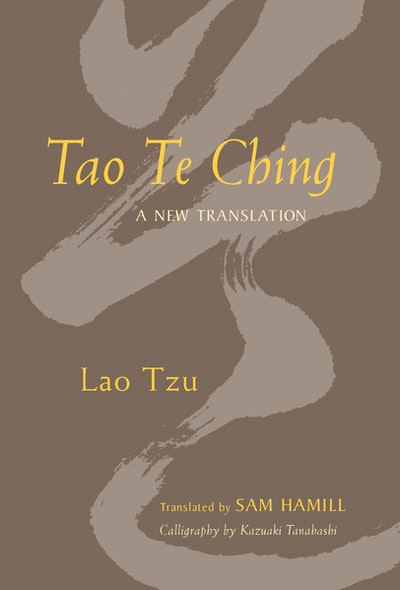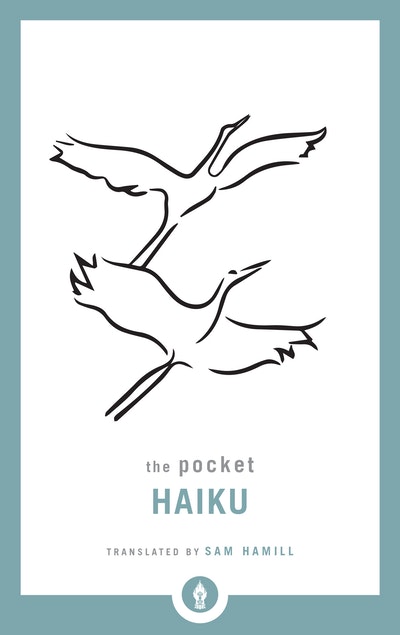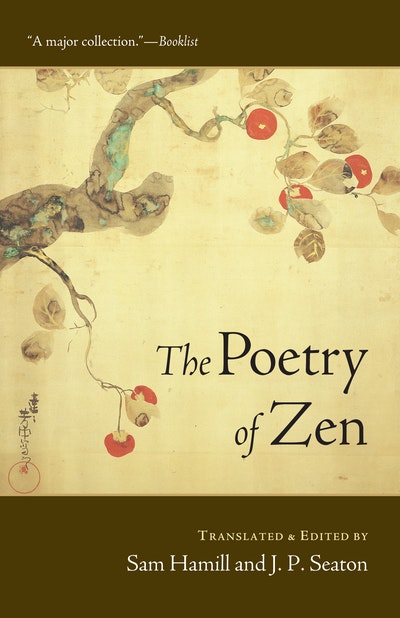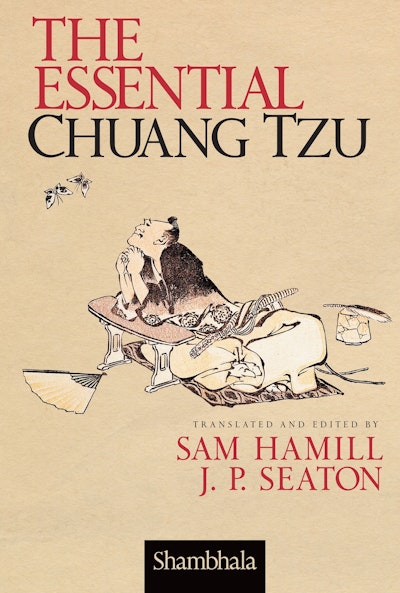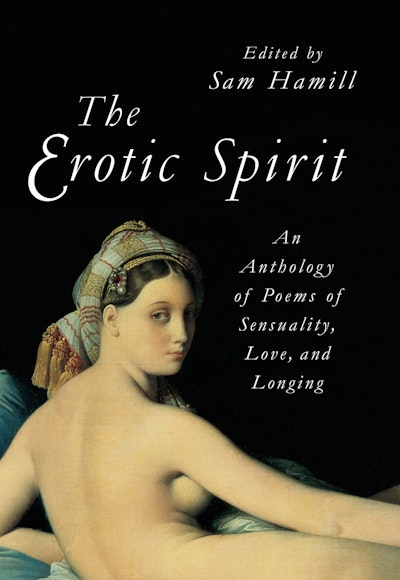Part poetry, part paradox, always stirring and profound, Lao Tzu’s Tao Te Ching has been inspiring readers since it was written over two thousand years ago. This masterpiece is also one of the most frequently translated books in all of history, in part because the multiple meanings of the Chinese characters make it impossible to translate into a Western language in a strictly literal way. For this reason, many translations are either too loosely interpretive or are too overloaded with notes, thereby losing the clarity of the terse poetry found in the original Chinese.
The extraordinary strength of Sam Hamill’s translation is that it has captured the poetry of Lao Tzu’s original without sacrificing the resonance of the text’s many meanings and possible interpretations. The result is a beautiful and deeply meditative rendering, one that is a delight to read over and over again.
Accompanying Sam Hamill’s translation are seventeen Chinese characters brushed by one of the great masters of calligraphy, Kazuaki Tanahashi. Hamill provides a comment for each character, giving the reader a fuller sense of the richness of the original text and insight into the process of translation itself.
